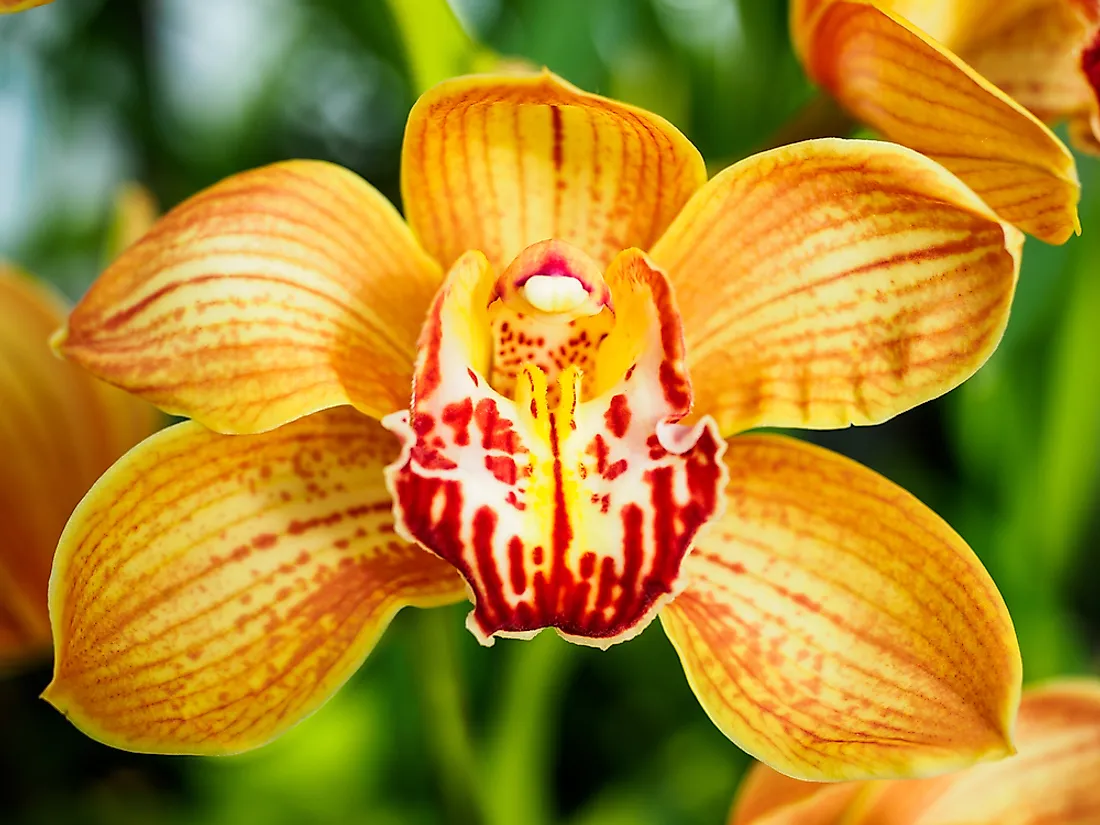Endemic Species of Turks and Caicos

Turks and Caicos refers to two groups of islands found in the Caribbean Sea, not far from the Bahamas and the island of Hispaniola. The Turks and Caicos islands have three endemic animal species and three endemic plant species.
Endemic Species of Turks and Caicos
Turks and Caicos Rock Iguana
The Turks and Caicos rock iguana, scientific name Cyclura carinata, is a species of lizard that is a member of the Iguanidae family of iguanas and other related species. This species is found in around 50 to 60 of the islands that make up the island banks of the Turks and Caicos. The habitat of this species is mostly in areas that have a rocky coppice and sandy strand vegetation. Their habitats require crumbly soil for nesting so that they can dig their burrows, which they use for sleeping and hiding. According to the International Union for Conservation of Nature (IUCN), the Turks and Caicos rock iguana has been listed as a critically endangered species since 1996 and its population has been since declining. The major threat that this species faces are from invasive mammal species. Feral cats and dogs hunt the species as prey, while feral livestock like goats, cows and horses compete with them for food plants and alter their habitats by trampling the soil the iguanas live in.
Caicos Skink
The Caicos Skink, scientific name Spondylurus caicosae, is a species of lizard that is a member of the Scincidae family. It is believed that the Caicos Skink is widely spread throughout the Turks and Caicos islands. This species is mostly found in scrub habitats and in tropical dry forests. It is also infrequently found in coastal scrub and gardens. According to the IUCN the Caicos Skink has been listed as near threatened species since 2015 and its population is believed to be declining. That major threat that this species faces is from being the prey of invasive species like black rats and feral cats. It is also threatened by habitat alteration from urban development that has been taking place.
Slender-Stemmed Peppergrass
Slender-stemmed Peppergrass, scientific name Lepidium filicaule, is a species of flowering plant that is a member of the Cruciferae family of plants. In 2012 a survey by scientists found that the plant was only rediscovered on the Grand Turk island of the Turks and Caicos, with it not being found on the South Caicos or Big Ambergris Cay. The habitat of this plant is in clay soil located in open thickets close to beach areas. According to the IUCN the Slender-stemmed Peppergrass has been listed as an endangered species since 2013, but its current population trend is unknown. That major threat that this species faces is from feral livestock that grazes in its habitats and from development pressure.
Protection of Endemic Species
The Turks and Caicos a relatively large system of national parks, nature reserves and nature sanctuaries. Despite some of these areas helping the endemic species of the island, they receive few government resources to help maintain or enforce protection in them. The Turks and Caicos (TCI) National Trust is a major non-profit group that has been urging the government to pass more protection legislation for these areas and endemic species. The TCI National Trust has also gained stewardship over certain areas with Turks and Caicos rock iguana populations, as well as funding a public education campaign in schools across the country to discus conservation issues in the country.
Endemic Species of Turks and Caicos
| Rank | Common Name | Scientific Name |
|---|---|---|
| 1 | Turks and Caicos rock iguana | Cyclura carinata |
| 2 | Caicos Dwarf Boa | Tropidophis greenwayi |
| 3 | Caicos Skink | Spondylurus caicosae |
| 4 | Winter orchid | Encyclia caicensis |
| 5 | Britton's Buttonbush | Spermacoce brittonii |
| 6 | Slender-stemmed Peppergrass | Lepidium filicaule |











